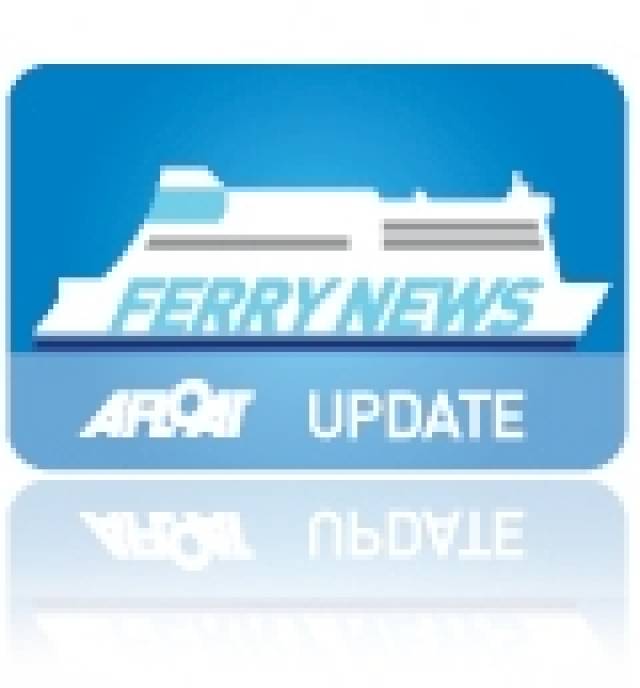#STENA 50TH ANNIVERSARY – In this 50th anniversary year of Stena Line, the Swedish owned ferry operator has 19 routes stretching from Belfast to Scandinavia. This is set to further expand as Stena have secured approval by German competition authorities to acquire Scandlines, a rival German ferry firm running in the Baltic Sea, writes Jehan Ashmore.
In the deal which is to be finalised in August, Stena Line are take-over five routes and two ships from Scandlines. The routes are mostly freight-orientated services to Germany, Sweden and Latvia would accelerate Stena's position in one of Europe's fastest growing short-sea shipping markets.
Incidentally the Scandlines ferry 'Sassnitz' (1989/21,154grt) featured on last Sunday's BBC One British version of the popular Swedish police drama series 'Wallander'. The vessel operates from Sassnitz in Germany to Trelleborg near Ystad, where the drama is set and in which detective Kurt Wallander is played by Belfast-born Kenneth Branagh who won a BAFTA in 2010 for the leading-role.
It was in Belfast last year that saw several developments by Stena Line taking place, notable the acquisition of DFDS Seaways Irish Sea operations which included the freight-only Belfast-Heysham and Belfast-Birkenhead (Liverpool) routes. Following this was the launch in November of two 'Superfast' ferries onto the new Belfast-Cairnryan route.
This is new territory as Stena have never operated from the Mersey on the 8-hour crossing which also operates night sailings. The route is another first for Stena on the Irish Sea, which is been marketed as one of their 'Overnight Superferry' routes, however they similarly market other routes being: Harwich-Hook van Holland, Frederikshavn-Oslo, Gothenburg-Kiel and Karlskrona-Gdynia.
As part of the deal with DFDS the 27,000 tons ro-pax sisterships Lagan Seaways and Mersey Seaways would remain on the route, as an existing charter arrangement had still to run its course.
To reflect the change of ferry operator, the sisters were renamed Stena Lagan and Stena Mersey and by the end of March this year both of the 980-passenger / 2,662-vehicle deck lane metre capacity vessels, underwent each a £1.5m internal refurbishment at Harland & Wolff and external painting.
The upgrade saw passenger facilities greatly improved compared to a somewhat spartan interiors as prescribed when the ships were completed by Italian shipbuilder Visentini. Since the vessels return to service the pair have been purchased from the charterer by Stena RoRo, the Gothenburg based charter division of Stena Line.
In essence this means that should further refurbishment of Stena style passenger facilities be planned, they can now be carried out without limitations imposed by the previous charter-owners.
































































